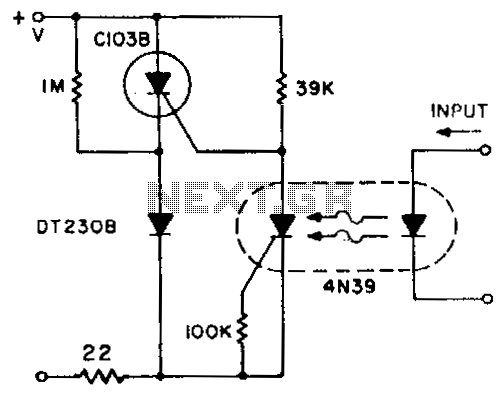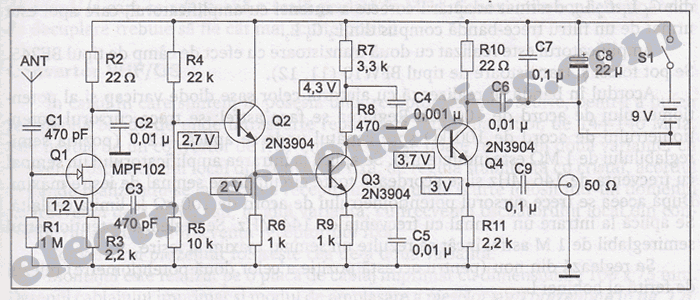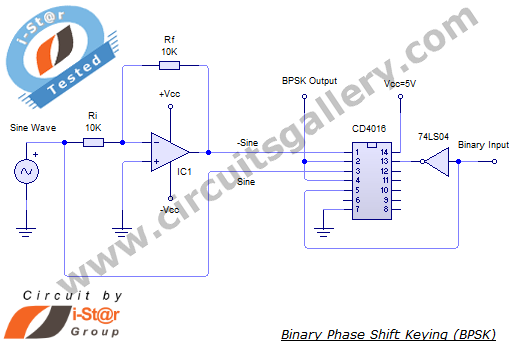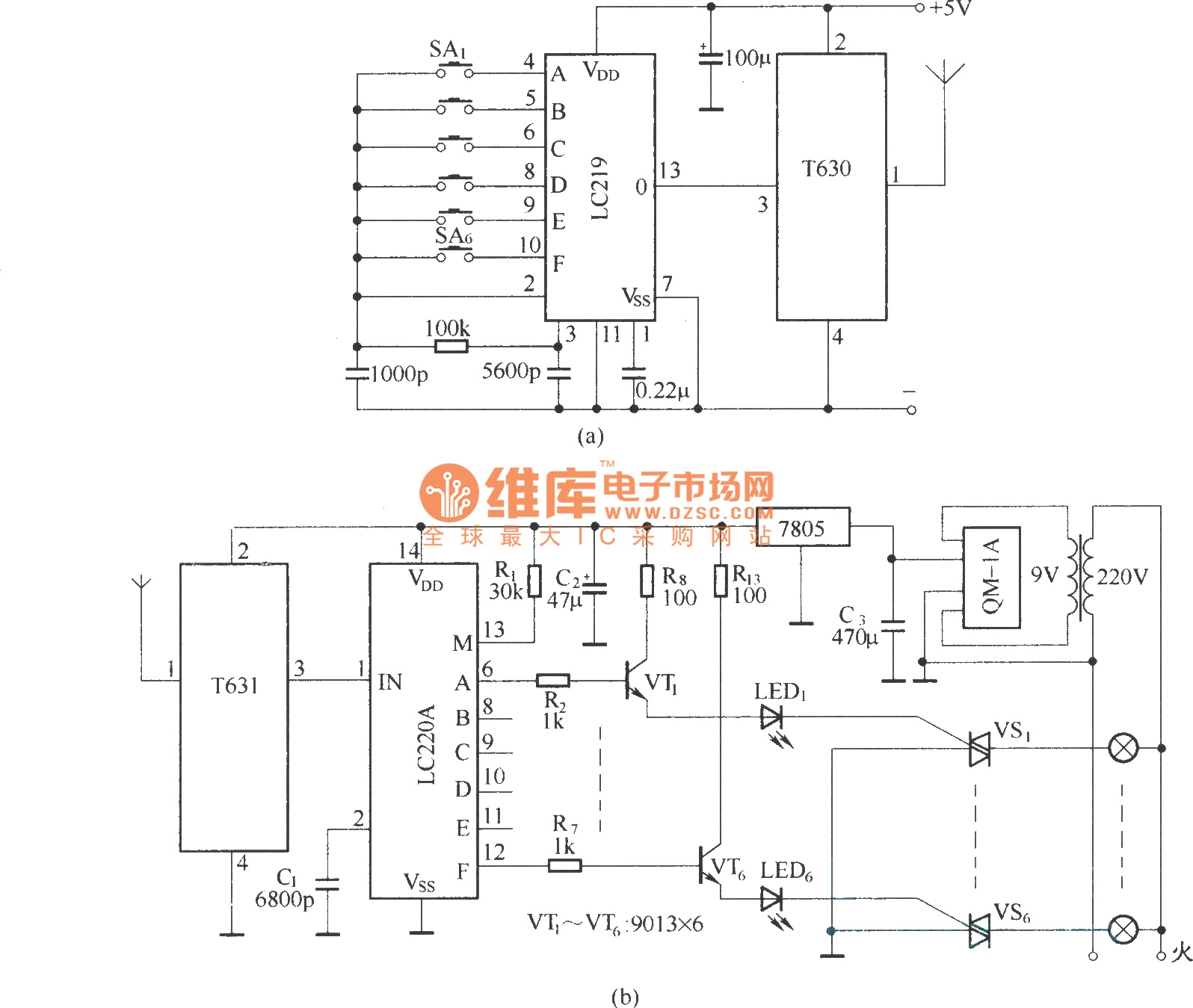
generating a sine wave
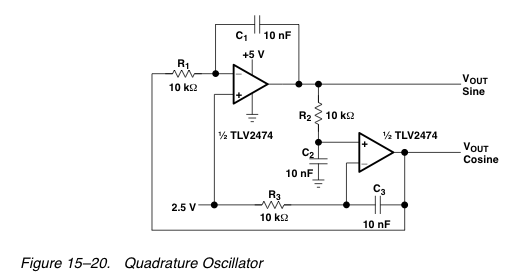
After disappointing results with a transformer-based component tester, there is an interest in generating a ±10 V sine wave at approximately 50 Hz using minimal components. While an ATmega microcontroller could achieve this, it may be considered excessive, requiring significant filtering to eliminate residual switching effects, and still necessitating amplification to reach 10 V peak-to-peak. The exploration of operational amplifiers (op-amps) has begun, with a valuable resource being a free eBook titled "Op Amps For Everyone" by Ron Mancini available on the Texas Instruments website. This resource utilizes very few components. The initial design was configured for about 1.6 kHz, prompting the use of capacitors ten times larger, specifically 0.1 µF, to reduce the oscillation frequency. The implementation using a TLV2472 dual op-amp resulted in significant clipping and overshooting into the 0V and 5V power lines. Although the waveform resembled a sine wave, it was not pure. A subsequent attempt with an LM358, using 10k resistors, 100nF capacitors, and two 330Ω resistors for voltage division, yielded a clean sine wave of approximately 170 Hz. The cosine waveform also appeared satisfactory on an oscilloscope, displaying a circular pattern in X-Y mode. However, after some time, the signal amplitude gradually diminished to zero, and the circuit failed to oscillate at 5V. Increasing the power supply to 7V seemed to resolve the issue, prompting further investigation into the underlying cause.
The circuit in question is designed to generate a sine wave output using operational amplifiers, specifically the TLV2472 and LM358 models. The design leverages a minimal number of components to achieve the desired frequency output. The initial configuration was set to produce a frequency of approximately 1.6 kHz, but modifications were made to lower this frequency to around 50 Hz by increasing the capacitance to 0.1 µF.
The circuit's operation relies on the feedback mechanism of the op-amps, where resistors and capacitors are configured to establish the desired oscillation characteristics. The use of 10kΩ resistors in conjunction with 100nF capacitors allows for the tuning of the frequency response. Additionally, two 330Ω resistors are employed for voltage division, ensuring that the output voltage is appropriately scaled to ±10 V.
Monitoring the output waveform with an oscilloscope reveals the performance of the circuit. Initially, the output displays a clean sine wave, indicative of effective oscillation. However, the observed clipping and overshoot suggest that the output is reaching the limits of the power supply, particularly at 5V. This phenomenon indicates that the design may require further refinement to stabilize the output and maintain a consistent amplitude over time.
The gradual fading of the signal amplitude points to potential issues within the circuit, such as component tolerances, power supply stability, or thermal effects on the op-amps. The increase in power supply voltage to 7V provided a temporary solution, yet it necessitates a more thorough investigation to identify the root cause of the signal degradation.
In summary, the circuit exemplifies a practical approach to generating a low-frequency sine wave using op-amps while highlighting the challenges associated with maintaining signal integrity and stability. Further experimentation and refinement of component values, as well as power supply considerations, will be essential for achieving reliable performance in the desired frequency range.After the recent pretty disappointing results with a transformer-based Component Tester, I`d like to try and generate a ± 10 V sine wave at approximately 50 Hz in some other way. Using as few components as possible. This is where we enter, eh, squarely into the analog electronics domain. Yes, we could generate it with an ATmega, but frankly that sounds like a bit of overkill, would require a fair amount of filtering to remove residual switching effects, and besides we`d still have to amplify it up to 10 Vpp. I`ve only just started exploring op-amps, really one superb resource on the web comes in the form of a free eBook from 2002 on the Texas Instruments site, titled Op Amps For Everyone , by Ron Mancini.
It uses very few components. This one was dimensioned for about 1. 6 KHz, so I started with capacitors ten times as large, i. e. 0. 1 µF, to lower the oscillation frequency. Here`s the result, using a TLV2472 dual op-amp: Yeah, right. Clipping like crazy, i. e. overshooting into the limiting 0V and 5V power lines. The FFT shows it`s not anywhere near a pure sine wave, even though the shape vaguely resembles one: Hmm. Looks quite good here, just tried it with an LM358. With 10k resistors, 100nF capacitors and two 330R resistors for getting V/2 I get a clean sine wave of about 170Hz.
Cosine looks also nice on my Rigol, X-Y shows a nice circle. After some minutes of measuring though, the amplitude of the signal slowly faded to zero, and now it doesn`t even start to oscillate at 5V. Raising the power suuply to 7V seems to fix that. Will have to have a look what could cause that 🔗 External reference
The circuit in question is designed to generate a sine wave output using operational amplifiers, specifically the TLV2472 and LM358 models. The design leverages a minimal number of components to achieve the desired frequency output. The initial configuration was set to produce a frequency of approximately 1.6 kHz, but modifications were made to lower this frequency to around 50 Hz by increasing the capacitance to 0.1 µF.
The circuit's operation relies on the feedback mechanism of the op-amps, where resistors and capacitors are configured to establish the desired oscillation characteristics. The use of 10kΩ resistors in conjunction with 100nF capacitors allows for the tuning of the frequency response. Additionally, two 330Ω resistors are employed for voltage division, ensuring that the output voltage is appropriately scaled to ±10 V.
Monitoring the output waveform with an oscilloscope reveals the performance of the circuit. Initially, the output displays a clean sine wave, indicative of effective oscillation. However, the observed clipping and overshoot suggest that the output is reaching the limits of the power supply, particularly at 5V. This phenomenon indicates that the design may require further refinement to stabilize the output and maintain a consistent amplitude over time.
The gradual fading of the signal amplitude points to potential issues within the circuit, such as component tolerances, power supply stability, or thermal effects on the op-amps. The increase in power supply voltage to 7V provided a temporary solution, yet it necessitates a more thorough investigation to identify the root cause of the signal degradation.
In summary, the circuit exemplifies a practical approach to generating a low-frequency sine wave using op-amps while highlighting the challenges associated with maintaining signal integrity and stability. Further experimentation and refinement of component values, as well as power supply considerations, will be essential for achieving reliable performance in the desired frequency range.After the recent pretty disappointing results with a transformer-based Component Tester, I`d like to try and generate a ± 10 V sine wave at approximately 50 Hz in some other way. Using as few components as possible. This is where we enter, eh, squarely into the analog electronics domain. Yes, we could generate it with an ATmega, but frankly that sounds like a bit of overkill, would require a fair amount of filtering to remove residual switching effects, and besides we`d still have to amplify it up to 10 Vpp. I`ve only just started exploring op-amps, really one superb resource on the web comes in the form of a free eBook from 2002 on the Texas Instruments site, titled Op Amps For Everyone , by Ron Mancini.
It uses very few components. This one was dimensioned for about 1. 6 KHz, so I started with capacitors ten times as large, i. e. 0. 1 µF, to lower the oscillation frequency. Here`s the result, using a TLV2472 dual op-amp: Yeah, right. Clipping like crazy, i. e. overshooting into the limiting 0V and 5V power lines. The FFT shows it`s not anywhere near a pure sine wave, even though the shape vaguely resembles one: Hmm. Looks quite good here, just tried it with an LM358. With 10k resistors, 100nF capacitors and two 330R resistors for getting V/2 I get a clean sine wave of about 170Hz.
Cosine looks also nice on my Rigol, X-Y shows a nice circle. After some minutes of measuring though, the amplitude of the signal slowly faded to zero, and now it doesn`t even start to oscillate at 5V. Raising the power suuply to 7V seems to fix that. Will have to have a look what could cause that 🔗 External reference
